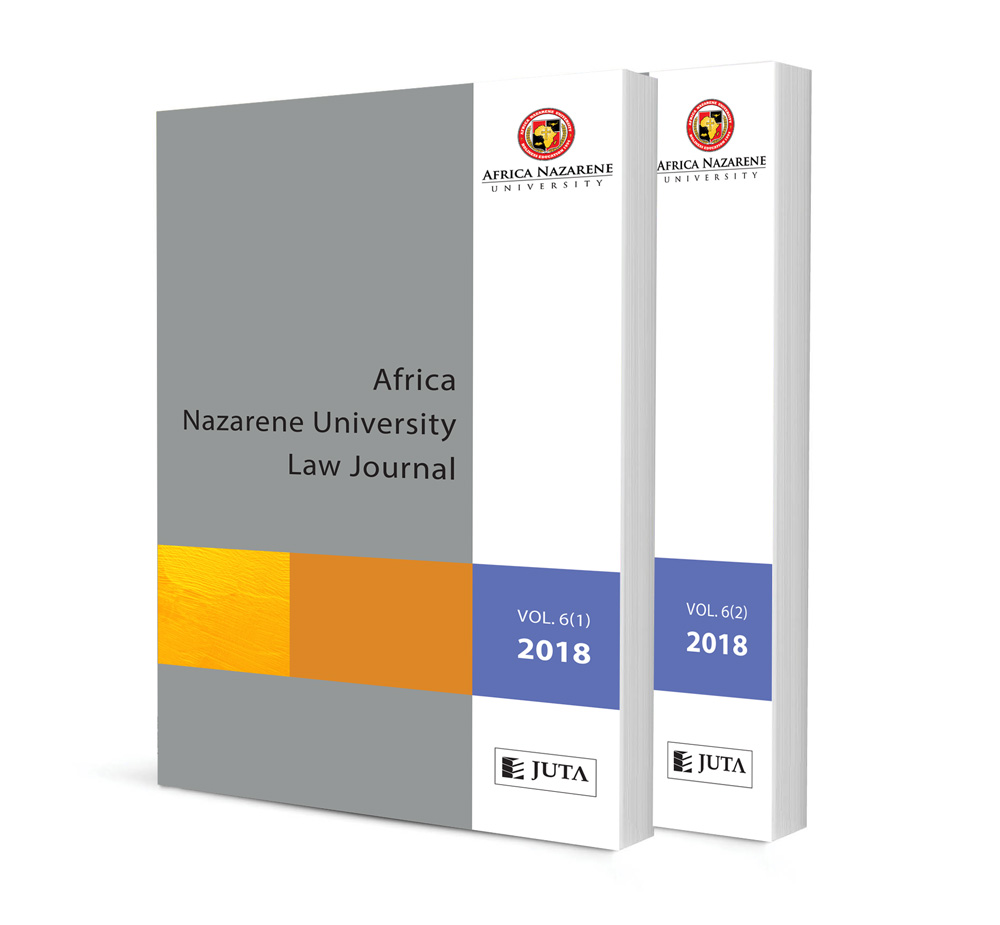The Role of Mediation in the Resolution of the South Sudan Crisis

The Role of Mediation in the Resolution of the South Sudan Crisis
Authors Priscilla M Musikali and Lois M Musikali
ISSN: 2521-2613
Affiliations: LLM (Can) (Leeds); Senior Lecturer, Africa Nazarene University Law School
Source: Africa Nazarene University Law Journal, 2014, Issue 1, p. 165 – 200
Abstract
This article is a study of the function of mediation as a dispute resolution mechanism in the attainment of independence in South Sudan. The motivation for this article is an interest in the newly formed State, and a fascination with the manner in which the State was able to transform its situation from conflict to peace. Only a few jurisdictions have been able to secede from their parent states, namely Eritrea from Ethiopia, and the controversial secession of Kosovo from Serbia. This article is therefore a great opportunity to explore how South Sudan, with the help of other actors, was able to secure peace and secession through mediation. It will prove, with accompanying evidence, that without the input of mediation as a conflict resolution mechanism, the birth of South Sudan may not have been possible. It will demonstrate that the Comprehensive Peace Agreement played a central role in securing independence and autonomy through a referendum that expressed the will of the people of South Sudan. It is important to note that any peace process results from conflict and the need for a minority group in a State to be free: hence this article will concentrate at length in analysing the factors that motivated the war, as well as the need for self-determination. It will also explain why the recognition of the new State of South Sudan has not been debated. The use of mediation and peace agreements has been employed in peace processes in jurisdictions such as Cambodia; and this article will distinguish the agreements in South Sudan and Cambodia, to determine if South Sudan is unique and had the benefit of learning from previous peace agreements. It will argue that mediation and peace agreements are successful ways of providing lasting peace, self-determination and independence to oppressed minority groups. Moreover, the function of international law in mediation will be illustrated throughout the article.